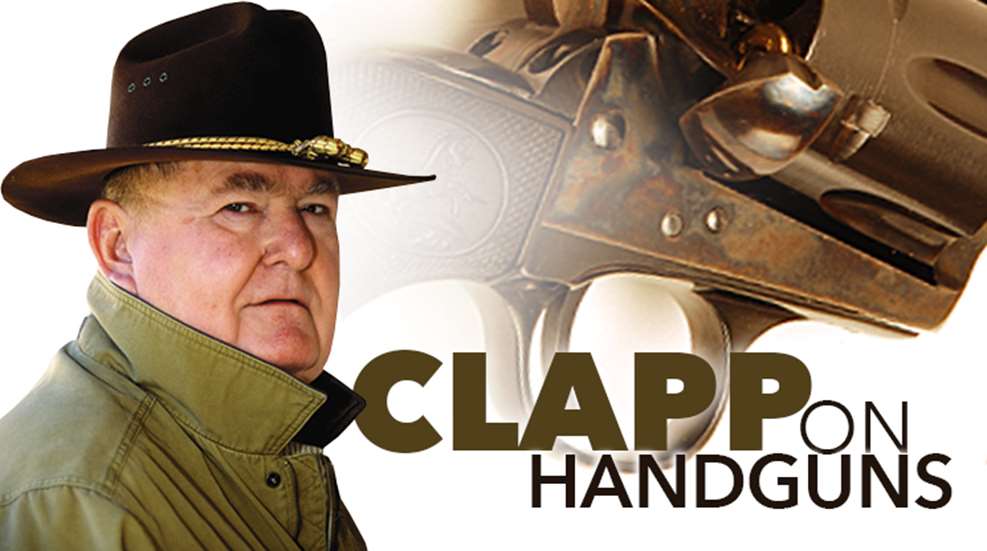
When the 19th Century rolled over to the 20th, a new type of handgun began to appear. It was the automatic pistol, so named because the gun reloaded its own (single) chamber. Previous repeaters rotated a series of chambers into alignment with the barrel—the revolver. The auto had great advantages in its faster reloading—withits pre-loaded magazine—but a series of problems came with the new mechanism. Most of them have long since been resolved to various degrees of success, but one has not. However, many shooters are unaware that the problem even exists. The problem deals with pistol accuracy and is sometimes called the first shot flyer.
Basically, it works like this. In order to load an automatic pistol, the shooter must manually retract and release the slide, which strips a round from the top of the magazine, feeds it into the firing chamber and closes the slide. After the first shot is fed and fired in this way, the slide snaps rearward and cycles the pistol's action. When the first round was fed (manually), the slide and barrel settled into a particular position in relation to the receiver. When subsequent rounds are fed, the violence of firing causes the slide to move at a different speed and the recoiling parts of the gun settle into a slightly different relationship. This means that the first shot goes to a different spot on the target than the remaining shots.
It is a curious phenomenon, but it definitely exists in what I would estimate to be about 70 to 80 percent of all new autos that I fire. If that were not curious enough, I have noted that there are two types of first shot flyers. Usually, the first shot goes to a particular spot on the target, like one-inch out at 7 o’clock. A few other guns shoot first shots all over the place, but usually settle down to a decent group with the rest of the magazine. I have also noticed that the phenomenon slowly disappears as the parts of the gun wear in with rounds fired. In one shoot, it took about 4,000 rounds to get a 7 o'clock flyer to slowly migrate into the group. And I have to mention that pistols that show evidence of hand fitting—like Browns, Baers, Nighthawks and Wilsons—usually don't have that first shot flyer. For that matter, custom guns fitted with premium barrels also seem to work with commendable accuracy and no flyer. I can't conclusively prove that most autos have the wandering first shot for the reasons I have given, but I have seen it happen enough times to be certain that it actually does happen.





































